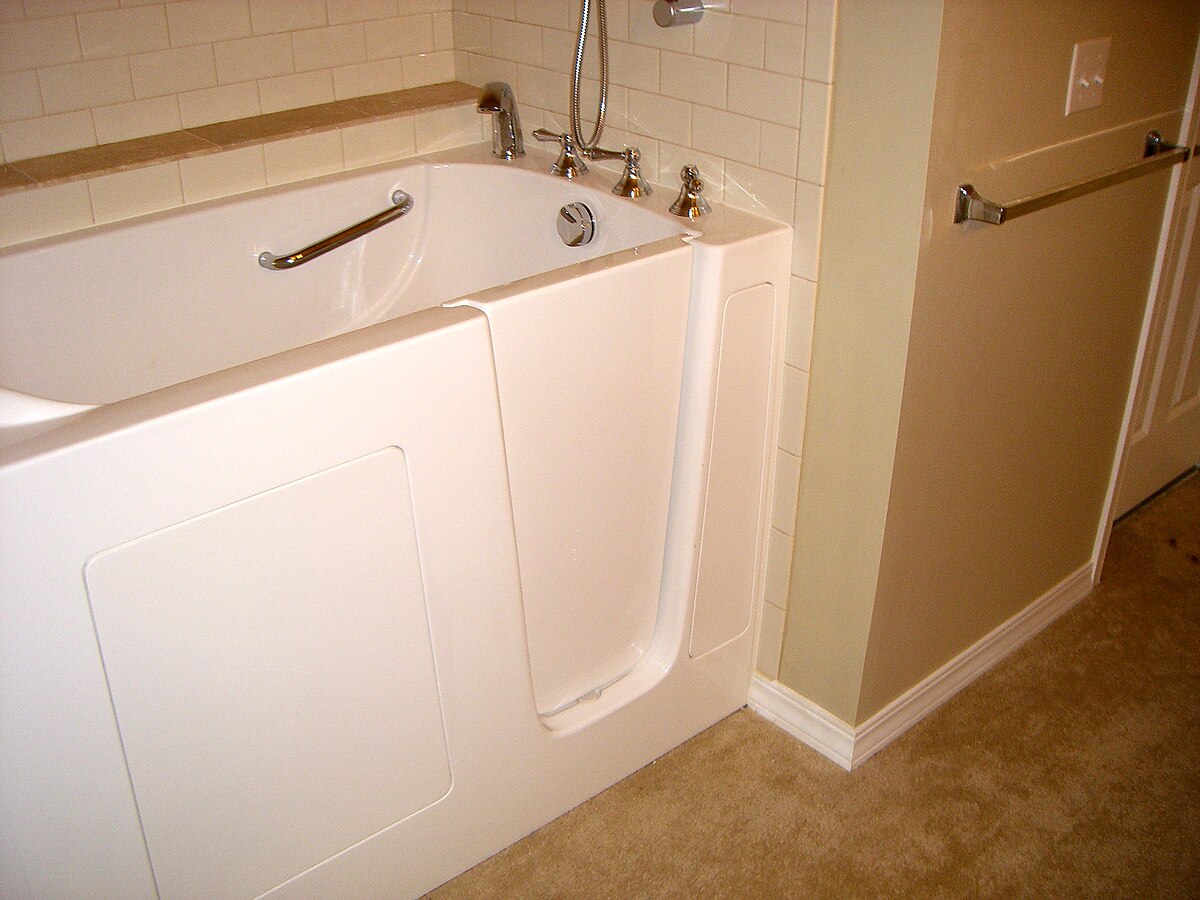Bathroom Adaptations for Older Adults: Funding Options & Considerations
Adapting a bathroom can greatly improve safety and comfort for older adults, but the process involves more than just choosing fixtures. This guide explores available funding options, from government support programs to charitable grants, as well as practical factors to keep in mind before starting renovations. Readers will gain insight into planning, costs, accessibility features, and the importance of professional installation to ensure long-term usability and peace of mind.
Funding Sources for Bathroom Adaptations in Later Life
Several funding options exist to help older adults finance bathroom modifications. Local authorities often provide disabled facilities grants, which can cover up to £30,000 for essential adaptations. These grants are means-tested and typically focus on improvements that help individuals remain safely in their homes.
Charitable organisations also offer financial assistance for bathroom adaptations. Age UK, Independent Age, and the Disabled Living Foundation provide grants and guidance for older adults seeking to modify their homes. Some regional charities focus specifically on housing adaptations and may offer additional funding opportunities in your area.
For those who served in the military, organisations like Help for Heroes and the Royal British Legion provide grants for home modifications. Additionally, some insurance policies include coverage for home adaptations following illness or injury, making it worthwhile to review existing policies before exploring other funding avenues.
Common Accessibility Features for Safer Bathrooms
Essential safety features can significantly reduce the risk of falls and injuries in bathrooms. Walk-in showers with level access eliminate the need to step over high bathtub edges, whilst grab rails provide crucial support when moving around the space. Non-slip flooring materials offer better traction, particularly when surfaces become wet.
Raised toilet seats and comfort-height toilets make sitting and standing easier for those with mobility challenges. Shower seats allow individuals to bathe while seated, reducing fatigue and fall risk. Lever-style taps are easier to operate than traditional round handles, particularly for those with arthritis or limited hand strength.
Improved lighting enhances safety by ensuring all areas of the bathroom are clearly visible. Motion-sensor lights can automatically illuminate the space when someone enters, which proves especially helpful during nighttime visits.
How to Plan and Budget for Bathroom Renovations
Effective planning begins with a thorough assessment of current and future needs. Consider consulting with an occupational therapist who can evaluate specific requirements and recommend appropriate modifications. This professional assessment often strengthens applications for funding and ensures adaptations address genuine needs.
Creating a detailed budget involves obtaining multiple quotes from qualified contractors who specialise in accessibility modifications. Costs vary significantly depending on the extent of work required, from simple grab rail installation to complete bathroom redesigns. Planning should account for potential disruption to daily routines and may include arrangements for temporary washing facilities.
Prioritising modifications helps manage costs effectively. Essential safety features like grab rails and non-slip flooring typically cost less than major structural changes such as doorway widening or complete shower installations. This approach allows for phased improvements as funding becomes available.
Professional Support and Installation Considerations
Choosing qualified professionals ensures modifications meet safety standards and building regulations. Look for contractors experienced in accessibility adaptations who understand the specific needs of older adults. Many local authorities maintain approved contractor lists, which can provide additional confidence in service quality.
Professional occupational therapy assessments help identify the most beneficial modifications for individual circumstances. These specialists understand how physical limitations affect daily activities and can recommend solutions that maximise independence whilst ensuring safety.
| Service Provider | Specialisation | Typical Cost Range |
|---|---|---|
| Local Authority Contractors | Complete bathroom adaptations | £8,000 - £25,000 |
| Independent Living Specialists | Grab rails and minor modifications | £200 - £2,500 |
| Mobility Equipment Suppliers | Walk-in baths and shower pods | £3,000 - £15,000 |
Prices, rates, or cost estimates mentioned in this article are based on the latest available information but may change over time. Independent research is advised before making financial decisions.
Long-term Benefits of Adapting Bathrooms for Aging in Place
Bathroom modifications provide numerous advantages beyond immediate safety improvements. Enhanced accessibility supports independence, allowing individuals to continue managing personal care without assistance for longer periods. This independence contributes significantly to mental wellbeing and self-confidence.
Financial benefits include reduced care costs and the ability to remain in familiar surroundings rather than moving to more expensive care facilities. Property values may also increase when accessibility features are professionally installed, particularly as the population ages and demand for accessible housing grows.
The psychological benefits of maintaining independence in personal care cannot be understated. Familiar routines in adapted spaces help preserve dignity whilst reducing anxiety about potential accidents. Family members also experience peace of mind knowing their loved ones can safely manage daily activities.
Creating an accessible bathroom represents an investment in long-term independence and safety. With various funding sources available and professional support to guide the process, older adults can successfully adapt their bathrooms to meet changing needs whilst maintaining the comfort and familiarity of their own homes.





